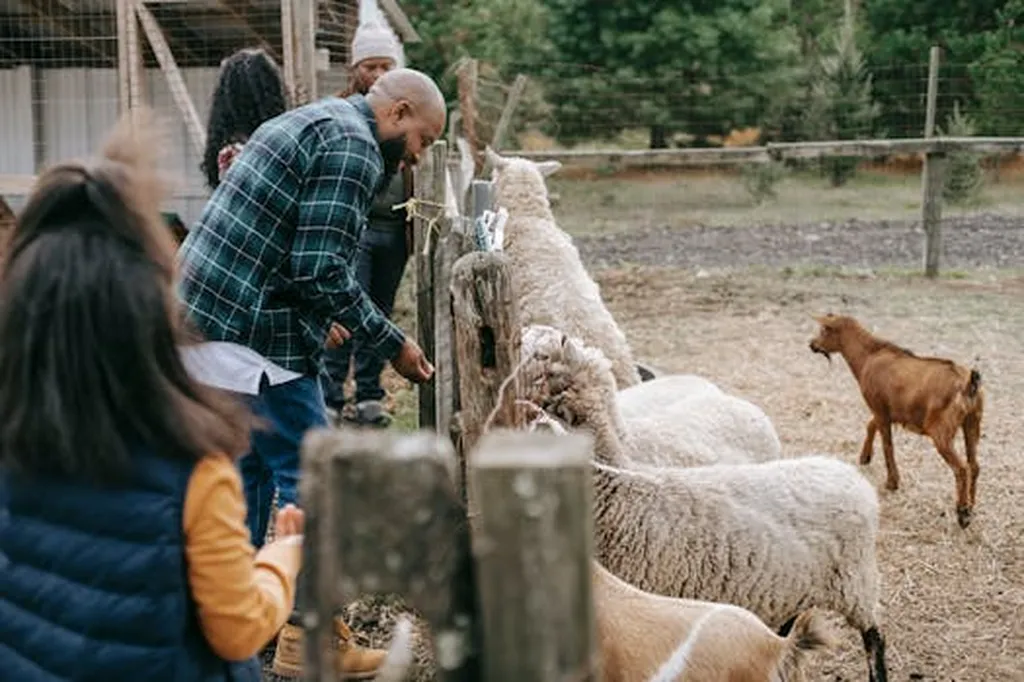In the rapidly evolving world of agriculture, technology is playing an increasingly pivotal role, and a recent study published in the journal *Sensors* (which in English means “Sensors”) is shedding light on the potential and challenges of real-time auto-monitoring of livestock. Led by Sarah Brocklehurst of Biomathematics and Statistics Scotland (BioSS) in Edinburgh, the research delves into the use of automated sensors and quantitative methods to optimize decision-making in livestock farming.
The study highlights the growing trend of using sensor data for monitoring various aspects of life, from human health to environmental tracking. In the context of livestock farming, the potential to harness empirical data for real-time decision-making is immense. “There is a massive opportunity to increase the use of empirical data for decision-making in real time,” Brocklehurst explains. “However, there are significant challenges in applying these methods dynamically and effectively on farms.”
One of the key challenges identified in the research is the need for practical and robust quantitative methods that can be applied repeatedly in real-time. This is crucial for optimizing decision-making processes in livestock farming. The study also emphasizes the importance of evaluating and comparing the performance of these methods in a fair and robust manner. Currently, such comparisons are lacking in the literature, and the research outlines approaches to addressing this gap.
The implications of this research extend beyond livestock farming. The principles discussed are widely applicable to other sectors, including the energy sector, where real-time monitoring and decision-making can significantly enhance efficiency and productivity. For instance, the use of sensors and machine learning algorithms can help in predicting maintenance needs, optimizing energy consumption, and improving overall operational efficiency.
Brocklehurst’s work underscores the need for further development and validation of quantitative approaches to ensure they effectively inform decision-making. “It is crucial to evaluate and compare the applied performance of methods in a fair and robust way,” she notes. “This will help in identifying the most effective methods and ensuring their successful implementation in real-world scenarios.”
As the agricultural sector continues to embrace technology, the insights from this research could shape future developments in the field. By addressing the challenges and gaps identified, the industry can move towards more data-driven, efficient, and sustainable practices. The study published in *Sensors* serves as a valuable resource for researchers, practitioners, and policymakers looking to leverage the power of real-time monitoring and decision-making in livestock farming and beyond.

